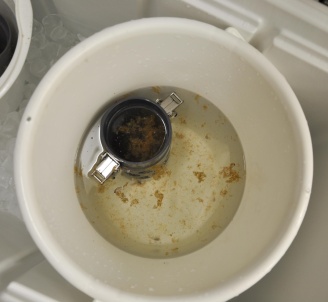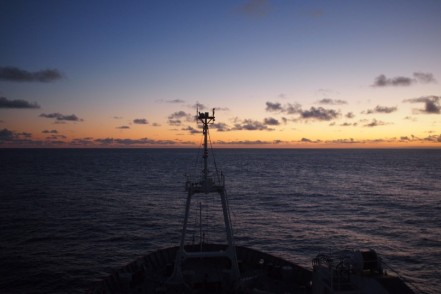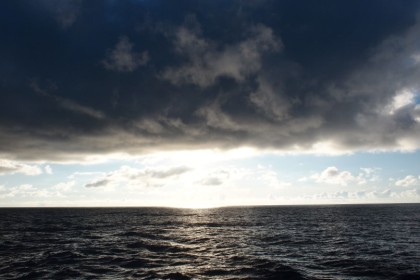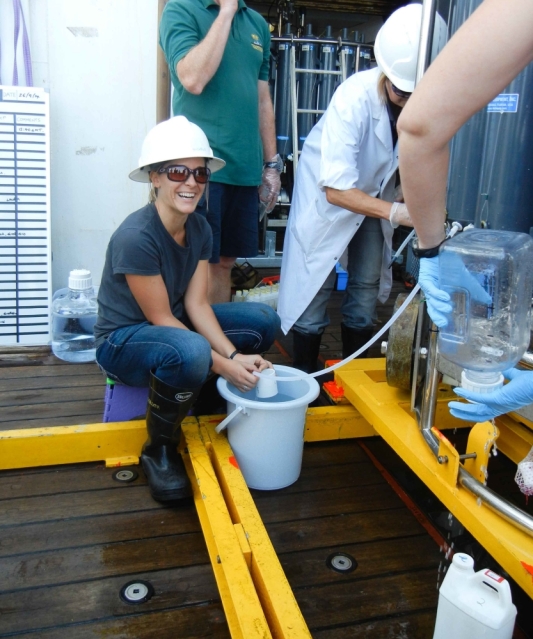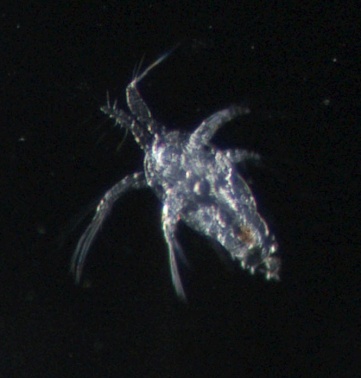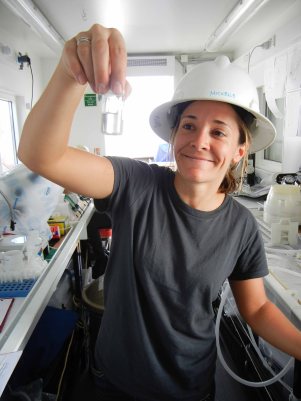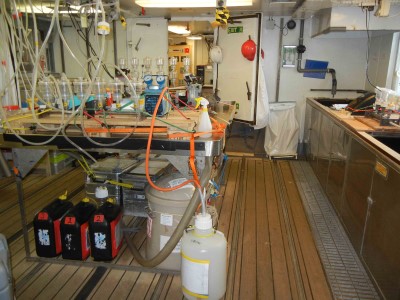I should start this blog with the qualification that *I am a Biological Oceanographer, not necessarily a Marine Biologist. However, I know from personal experience that most kids dream about being a Marine Biologist and don’t often know what a Biological Oceanographer is! At the most basic level, a Biological Oceanographer is equivalent to a Marine Biologist: they both have extensive knowledge about marine life. The main difference is that an Oceanographer of any sort tends to think on a more global scale and is able to connect the biology to larger scale processes.
So how does a person become a marine biologist? I can only speak from my personal experience which is unique, but I think these are some of the most important traits, experiences, and interests you should have that can help you get there.
Step one: Have a real love for and fascination with nature. I have always loved nature. Since I was a kid I would spend all my free time outdoors playing around our yard or in the nearby woods, wandering around exploring and sneaking up on deer or other wildlife. Since I grew up in Wisconsin, USA, the nearest thing to the ocean within 1000 miles were lakes and ponds. So I spent many summers with family or friends fishing, swimming, and enjoying time on or near the water.
Step two: Get involved! This is essential for anyone to find out what they really love and want to do for their career even outside of Marine Biology. If you don’t try it, you won’t know if it is really something you want to stick with for the long term. That is how I found my way to being a Biological Oceanographer. After attaining a Bachelor of Science degree in Biology from the University of Wisconsin Madison, I moved to Hawaii with my husband, Sean Jungbluth, and volunteered to do work with zooplankton in the laboratory of Dr. Erica Goetze. She taught me how to extract DNA from copepods, do PCR amplification of genes, and taught me some basics about DNA sequences. I was instantly hooked, and soon enough I applied to the Biological Oceanography program and started my Master’s Degree studying the zooplankton community in Kane‘ohe Bay, Hawaii.
Step three: Be diligent, creative, and determined. Not to mention the need to be organized (this can come with practice) and you need to be able to work well with others. A Marine Biologist is a scientist, and it is not always easy to be a scientist. Exciting discoveries are made after more trial and error than you might like, thinking about how to improve a method or how to interpret your results, a lot of discussion with others about ideas, and persistence!
Step four: Master as many disciplines as possible. I know this may not excite you, but it is true. You may not expect chemistry, physics, algebra, or sentence structure to be important when you are, for example, studying the mating behavior of the killer whale. However, knowledge of these and other disciplines are absolutely critical for sample collection or preparation (chemistry), experimental design (physics), interpretation of results (algebra), and sharing your work with the scientific community (sentence structure).
I realized recently that my 6th grade time capsule predicted that I would be a marine biologist in 10 years! It took something more like 15 years, but was worth the wait. I doubt there were many others in my class whose time capsules were that accurate. Keep your eyes and mind open to potential opportunities, volunteer your time whenever possible, and you will find your way to whatever it is you want in life.


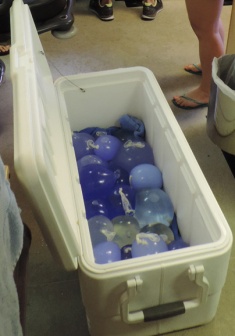

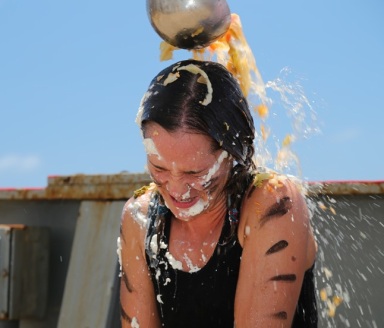
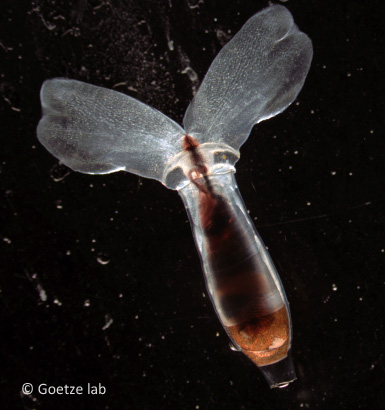
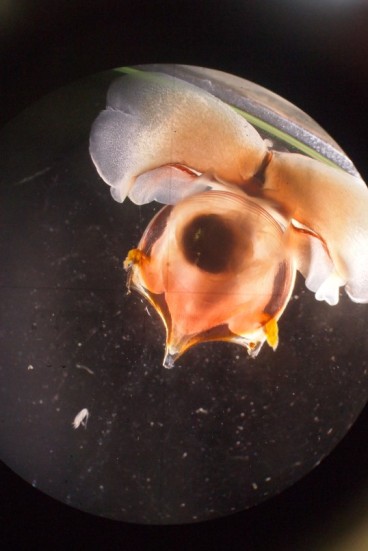

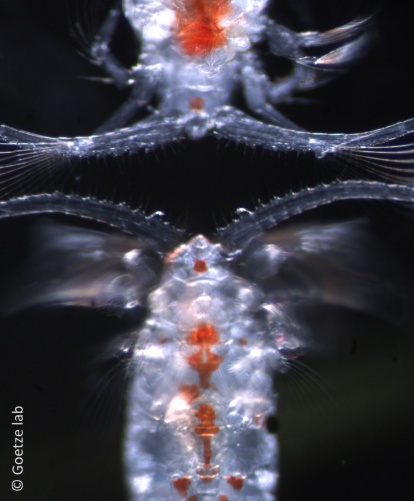 This beautiful Pleuromamma copepod is distinct from both P. abdominalis and P. quadrungulata, with which it co-occurs here in the equatorial region. It has long been noted that there is variation in the presence and degree of development of spines on the antennules of Pleuromamma copepods. In the photo, you can see two animals, oriented head to head, with the top animal lacking the strong spines on the antennules that are very visible in the animal below. It turns out that this variation is informative, and can be used to distinguish good species. Stay tuned for an upcoming publication from Junya Hirai (University of Tokyo) on the genetic lineages within the ubiquitous species P. abdominalis. I hope to find the time to establish a name for this organism, along with the many other undescribed lineages within this nominal species. Establishing a new name for a species is an opportunity to honor your predecessors and acknowledge the heroes that inspired your scientific journey. I hope to name at least one of these species P. frosti, in honor of Bruce Frost.
This beautiful Pleuromamma copepod is distinct from both P. abdominalis and P. quadrungulata, with which it co-occurs here in the equatorial region. It has long been noted that there is variation in the presence and degree of development of spines on the antennules of Pleuromamma copepods. In the photo, you can see two animals, oriented head to head, with the top animal lacking the strong spines on the antennules that are very visible in the animal below. It turns out that this variation is informative, and can be used to distinguish good species. Stay tuned for an upcoming publication from Junya Hirai (University of Tokyo) on the genetic lineages within the ubiquitous species P. abdominalis. I hope to find the time to establish a name for this organism, along with the many other undescribed lineages within this nominal species. Establishing a new name for a species is an opportunity to honor your predecessors and acknowledge the heroes that inspired your scientific journey. I hope to name at least one of these species P. frosti, in honor of Bruce Frost.
